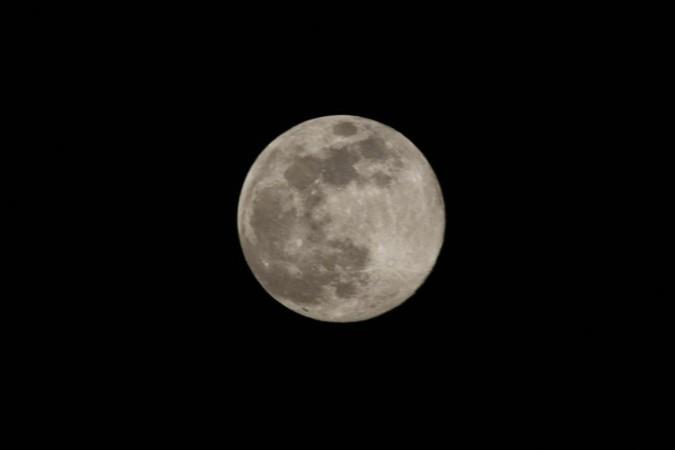A software glitch prevented Japanese lunar exploration company ispace's Moon lander from making its historic touchdown on the lunar surface, last month, the company announced on Saturday.
After five months journeying through space, the HAKUTO-R Mission 1 Lunar Lander was scheduled to make a touchdown in the Atlas Crater which is in the northeastern sector of the Moon, on April 25. However, the signal from the lander cut out at the last minute.
A detailed analysis by the company revealed that while the lander completed its planned landing sequence, a software glitch led the spacecraft to misjudge its altitude even as it attempted to land on the Moon leading to its crash.

"The most likely reason for the lander's incorrect altitude estimation was that the software did not perform as expected," the company said in a statement.
"The analysis reveals that the cause of the lander's failure to make a soft landing was due to the software, especially in the phase just prior to landing," it added.
Mission specialists explained that while the lander estimated its own altitude to be zero, or on the lunar surface, it was actually about three miles above the lunar surface.
After reaching the scheduled landing time, the lander continued to descend at a low speed until the propulsion system ran out of fuel. At that time, the controlled descent of the lander ceased, and it is believed to have free-fallen to the Moon's surface, the company said.
"Mission 1 demonstrated a great deal of technical reliability, as our lander reached the lunar surface just prior to landing. Now, we have been able to identify the issue during the landing and have a very clear picture of how to improve our future missions,"said Takeshi Hakamada, Founder and CEO of ispace, in the statement.
Hakamada said the company has already begun work on Mission 2 and Mission 3, scheduled for launch in 2024 and 2025 respectively.
It plans to incorporate the information from Mission 1 "into software design, as well as upgrades and expansion of the scope of preparatory simulations of the landing sequence for our future missions, including Mission 2 and Mission 3, to improve the accuracy of landing sequences".

Had the lander been successful to make the touchdown on the surface of the moon, it would have become the first private spacecraft to achieve so. So far, no privately operated spacecraft has ever landed softly on the moon, besides those operated by national space agencies of the US (NASA), Russia (Roscosmos) and China (China National Space Administration).
In 2019, two attempted lunar landings, India's Vikram lander and Israeli nonprofit SpaceIL's Beresheet had both crashed. In those landing attempts, the trajectory and speed data went awry before the signals were lost.
(With inputs from IANS)

















